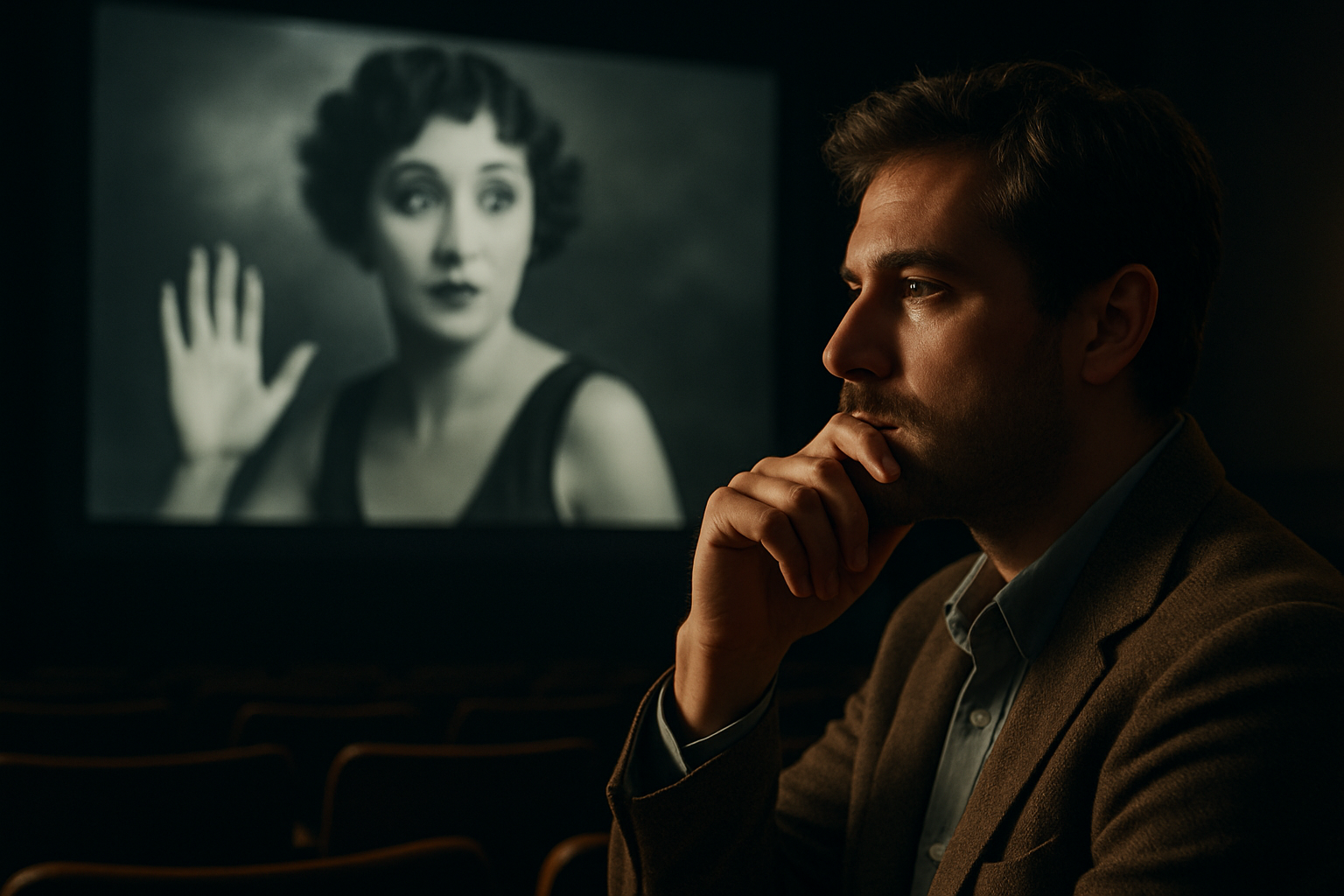A New Dawn: The Resurgence of Silent Films in the Digital Age
Introduction: In an era dominated by high-definition visuals and surround sound, a surprising trend is emerging in the entertainment industry. Silent films, once considered relics of the past, are making a comeback. This article delves into the history, current developments, and impact of this unexpected resurgence.

A Silent Past: The Golden Age of Silent Films
Silent films, characterized by their lack of synchronized recorded sound, were the first form of cinema. From the late 19th century to the early 1930s, they dominated the global film industry. Iconic figures like Charlie Chaplin and Buster Keaton rose to fame during this era, their expressive performances transcending language barriers. However, with the advent of “talkies” in the late 1920s, silent films gradually faded into obscurity.
The Unexpected Revival: Silent Films in the 21st Century
Fast forward to the 21st century, and silent films are experiencing an unexpected revival. This resurgence is largely driven by the digital age, with platforms like YouTube and Vimeo providing a space for silent film enthusiasts and creators. The 2011 film “The Artist,” a homage to the silent film era, won five Academy Awards, including Best Picture, further propelling this trend into the mainstream.
The Appeal: Why Silent Films are Making a Comeback
So, what’s behind this resurgence? One reason is the universal appeal of silent films. Without dialogue, they rely on visual storytelling, making them accessible to a global audience. Additionally, in an age of information overload, the simplicity of silent films offers a refreshing change. They require and reward attentive viewing, providing a respite from the constant noise of modern life.
The Impact: Silent Films in Contemporary Culture
The impact of this resurgence is far-reaching. It’s not just about nostalgia; it’s about redefining the boundaries of cinematic storytelling. Contemporary silent films are pushing the envelope, experimenting with visual techniques and narrative structures. They’re also influencing mainstream cinema, with directors increasingly using silence as a storytelling tool.
Looking Ahead: The Future of Silent Films
While it’s too early to predict the future of this trend, it’s clear that silent films have carved out a niche in the digital age. As technology continues to evolve, it will be interesting to see how silent films adapt and innovate. One thing’s for sure: they’re here to stay, reminding us of the power of visual storytelling in its purest form.
In conclusion, the resurgence of silent films is a fascinating development in the entertainment industry. It’s a testament to the enduring appeal of this art form, and a reminder that sometimes, silence speaks louder than words.





